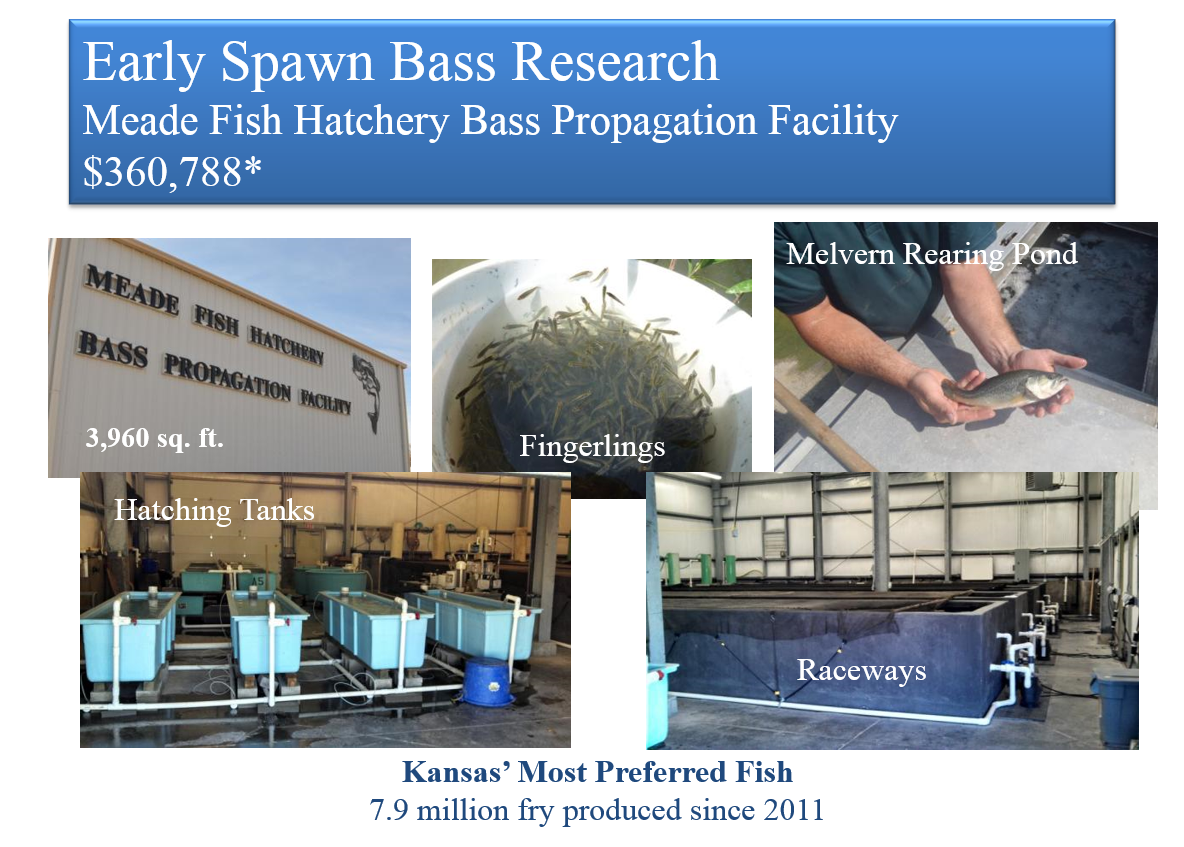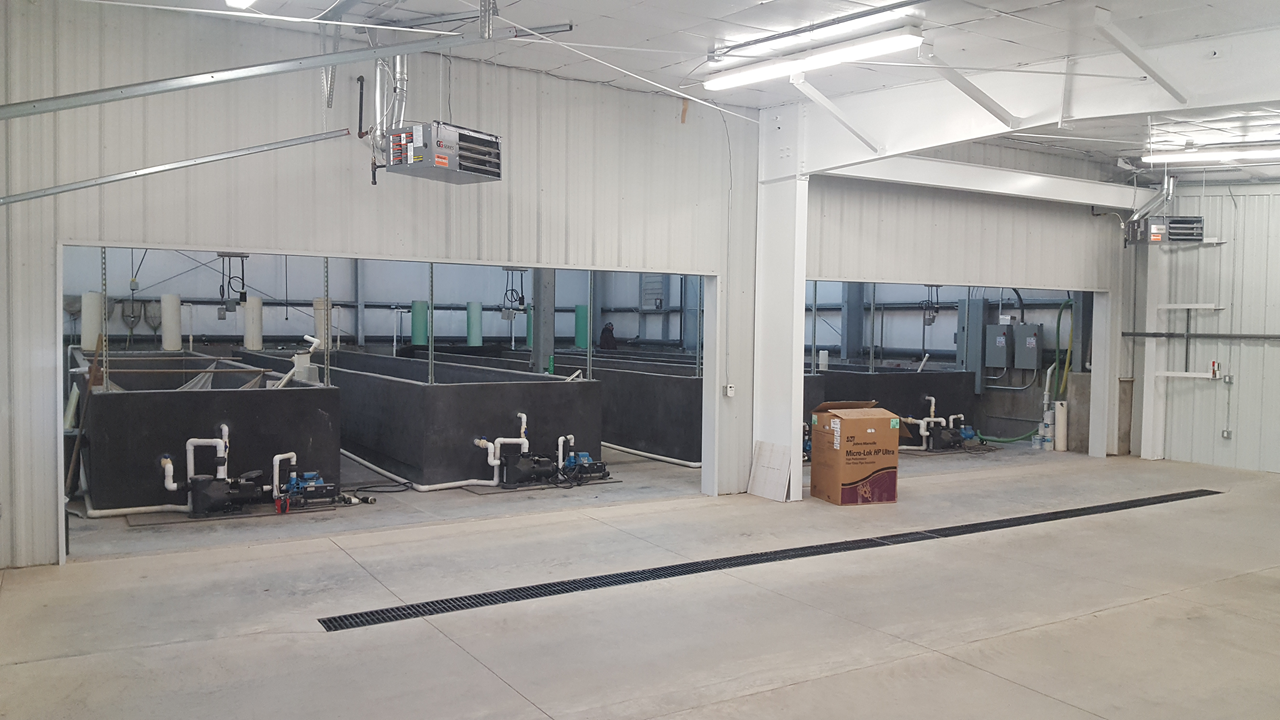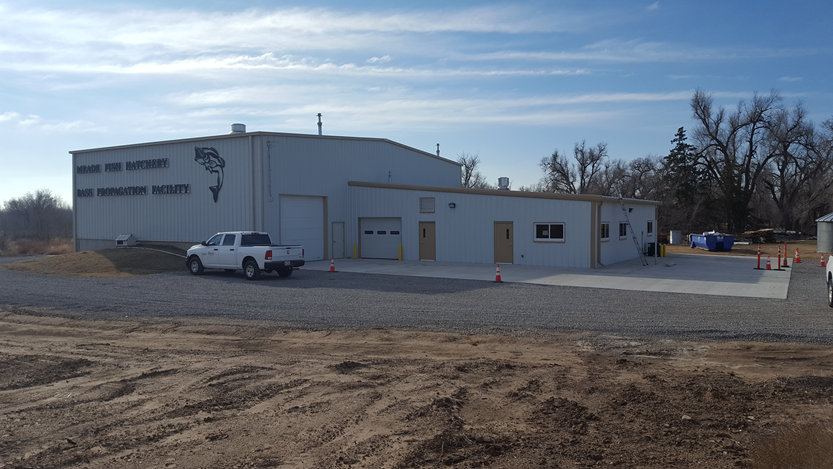
PRATT, Kan. — Reservoir bass fisheries are among the most challenging to manage, especially in Kansas.
As Fisheries Division Director Doug Nygren detailed the impediments recently, Mother Nature provided graphic visuals, with torrential rains and high water, not only impeding angler access and making navigation hazardous, but likely damaging the spawn because of prolonged dingy water. For example, Tuttle Creek Reservoir near Manhattan was more than 50 feet above normal in late May.
“Tuttle Creek has a drainage area the size of the state of Vermont,” said Melissa Bean of the U.S. Army Corps of Engineers. “When we get as much rain as have, we’re going to see high water. This is what this reservoir was designed to do — flood control. But no one wants to see this much water.”
Also intended for flood control, other reservoirs were 20 feet high or more as well. At John Redmond, water levels were their third highest on record, at almost 24 feet above normal.
“Kansas’ large federal reservoirs suffer from limited recruitment due a multitude of factors, including poor nursery habitat, turbidity and water level fluctuation, especially in irrigation and drought prone areas,” Nygren said during the spring flooding. “We also experience size selective overwinter mortality.”
In other words, the smaller the young-of-the-year bass, the less likely it will survive the winter.
But the good news is that the Kansas Department of Wildlife, Parks, and Tourism (KDWPT) has found a way to overcome these obstacles in its impoundments and create good fisheries.
“Kansas currently has nine large lakes that are rated good-excellent for largemouth bass,” the fisheries chief explained.
How does the agency do it? Early spawn stocking is a key element in its strategy.
“Four of these lakes have received early spawn bass, and they are making up 40 to 60 percent of the largemouth in those four lakes,” Nygren said. “At Melvern Reservoir, the overall black bass fishery is rated good but that includes the smallmouth fishery as well. At Melvern last year, 65 percent of the largemouth sampled were stocked.”
Since 2010, Kansas has been rearing largemouth bass in a climate-controlled building at its Meade Fish Hatchery, producing 7.9 million fry. Biologists adjust light and temperature to induce spawning 45 to 60 days ahead of the peak for the wild spawn.

“On average, they (early spawn bass) reach 8 inches in the their first year while the average wild bass in Kansas is around 4 inches,” Nygren said. “The hatchery fish are essentially one year ahead of the wild fish in growth.”
The fish are pond raised on natural food and released when either about 2 1/2 inches long or just under 1 1/2 inches. “We have had pretty good survival with both sizes,” the fisheries chief added.
“We use parental DNA to identify the source of bass caught from the wild and assign them as hatchery or wild. We can also age the stocked fish based on the genetic tissue sample (fin clip) because we pair different males with the females each year.”
KDPWT had been doing this long enough to substantiate that stocked fish are being caught in good numbers at tournaments, he said. For example, a 20-pound-plus bag of five bass often is needed to win at Wilson, where the fishery has a 50 percent contribution from stocked bass.
“The contribution of stocked fish to the electrofishing gear and to tournament catch is very similar,” Nygren said.
Food studies of young-of-the-year bass in stocked lakes, meanwhile, revealed that both stocked and wild bass have adequate diets, with forage not a limiting factor for either.
“Habitat conditions are important to survival of stocked fish with better survival when lakes are full and aquatic vegetation is available,” he added.
He also emphasized that early spawn bass provide just one tool to help KDPWT overcome the fluctuating water levels and other factors that limit recruitment.
In three years, Kansas has placed nearly 2,500 Georgia cubes and variations, according to David Breth, who coordinates the agency’s fisheries habitat program.
“We are entering our fourth year of using these cubes,” he said. “We intend to build both standard cubes and modified structures. These modifications range from taller structures or stacking to using less drain pipe and allowing more open areas for larger predators.”
Nygren added, “Combining our length limits, early spawn stocking and habitat improvement efforts has led to some real improvements in our large lakes.
“Stocking early spawn bass into lakes that have recovered from these limiting conditions, especially low-water levels with several missing or weak year classes, can quickly restore a fishery and get it back to where we want our bass population, more quickly than waiting for wild fish to spawn,” he continued.
“Stockings into lakes that have relatively stable water levels contribute to the bass fishery, but we are still evaluating whether the stocked fish play an additive or compensatory role (filling in for a weak year class, for example).”






